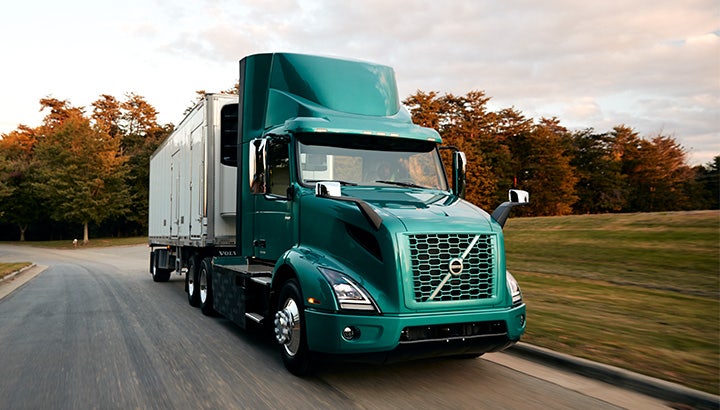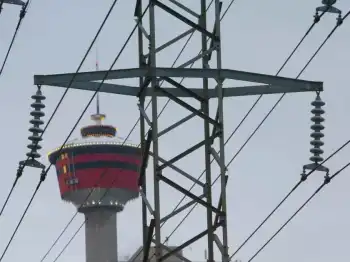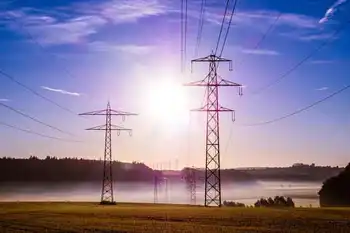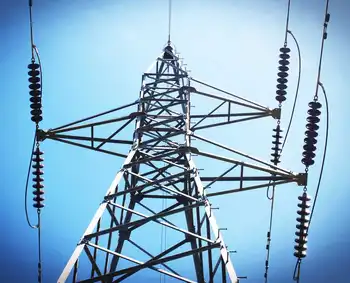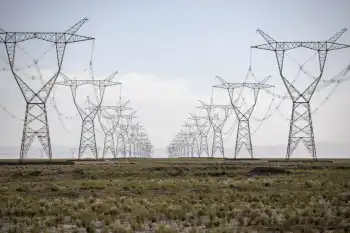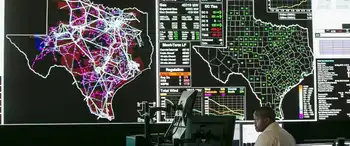Many gains and a big constraint for wind industry
By Associated Press
Arc Flash Training CSA Z462 - Electrical Safety Essentials
Our customized live online or in‑person group training can be delivered to your staff at your location.

- Live Online
- 6 hours Instructor-led
- Group Training Available
The U.S. has become the world's biggest wind-power generator and of the electricity production added in the country last year, 42 percent came from wind turbines. But as more megawatts come on line, the problem of getting power from wind-swept plains to places where people actually live becomes more urgent.
"In some ways we're reaching the glass ceiling," said Rob Gramlich, vice president of policy at the American Wind Energy Association. It was the organization's biggest annual conference to date, drawing 1,200 exhibitors and more than 20,000 people.
The country's grid is aging, often overloaded and, in the case of wide-open states like Wyoming and North Dakota — some of the best places to erect wind turbines — not nearly extensive enough to move electricity to major markets where customers wait.
The wind industry group says it needs 19,000 miles of new high-voltage lines — at a cost of about $100 billion — for wind-farm developers to keep building.
That barrier, Gramlich said, could imperil President Barrack Obama's goal for the country of generating 25 percent of its electric supply through renewable energy by 2025.
"It's hard to see how we could get beyond 5 percent of electricity from renewables without a change in transmission policy," he said.
For an industry that is expanding at such a rapid clip, that could eventually become a significant drag.
More than 50 new facilities were built last year to manufacture turbine components and the amount of power generated by wind grew by 50 percent.
"And this is of course nothing that we like, nor, I think, is it economically sensible because you do not generate power where it is most efficient," Andreas Nauen, the head of wind power for Siemens AG, one of the world's top turbine manufacturers.
Siemens said it was building a wind turbine plant in Kansas where it would employ 400 workers. The 30,000-square foot facility will begin production next year.
But building power lines is more difficult. It can take five years or more, most of it spent figuring out sticky issues of finance and location.
There are usually dozens of parties involved — the power producers and buyers, and the states, local governments and landowners who all want a say in where a power line sits.
The wind industry wants the Federal Regulatory Commission to have the final say on power lines.
Legislation now working its way through Congress would let FERC set locations for high-priority transmission projects if state and local officials can't do it on their own.
FERC Chairman Jon Wellinghoff said, "At the end of the day, if it doesn't get done, you need somebody to say this is how we get there."





